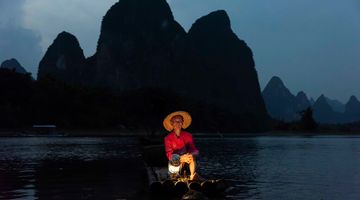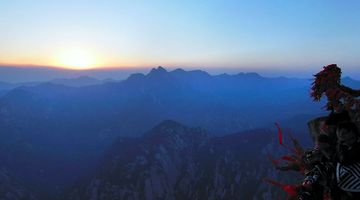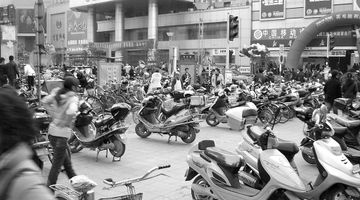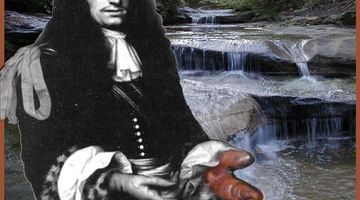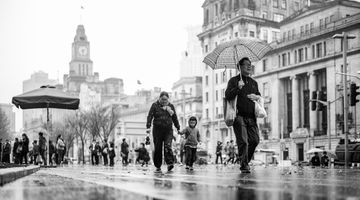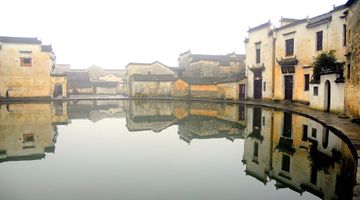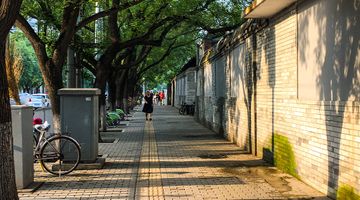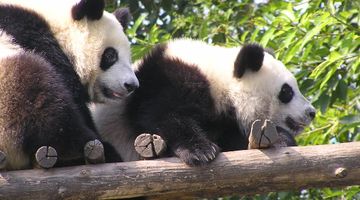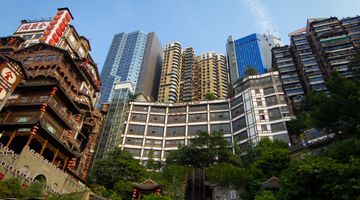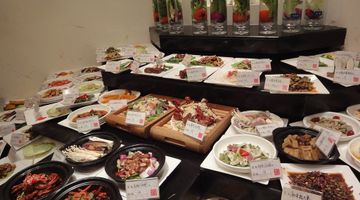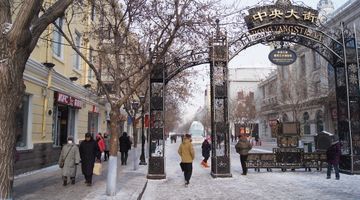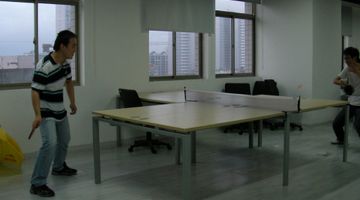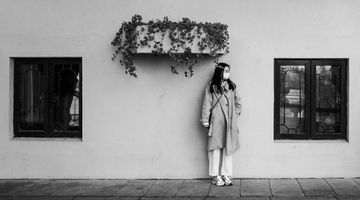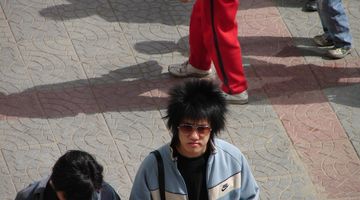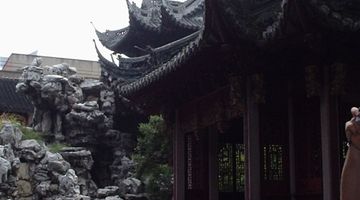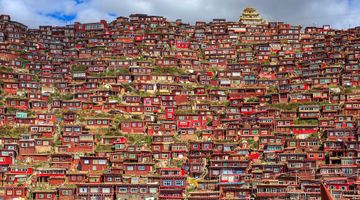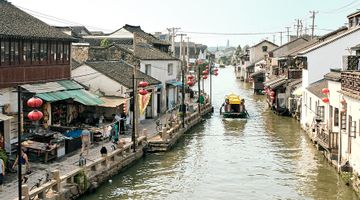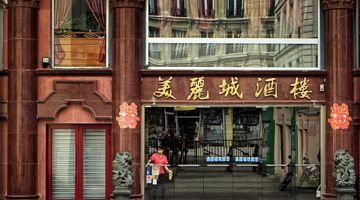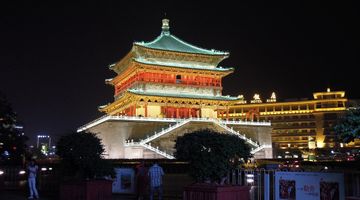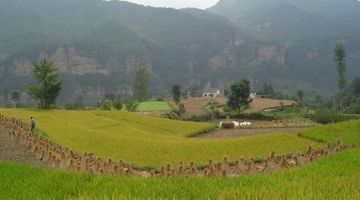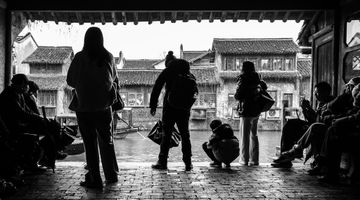Culture and Traditions of China – From History and Family Values to Food and Religion
China. It’s a country many have heard of, but few have been to. What is China’s culture? When Westerners think of China, they envision crowded cities, pollution, The Great Wall and rice fields. But, it is so much deeper than that. Chinese culture is just one of those things that you must experience in person. How could photos and videos ever truly capture a culture 5000 years old?
From the culture’s very inception- the traditional dress, cuisine and festivals, this article explores the diverse and beautiful Chinese culture. As Confucius says, “I will not be afflicted at men’s not knowing me; I will be afflicted that I do not know men.” Know your neighbour: how right the Master was.
The Roots of China’s Culture and Heritage
It cannot be when the root is neglected that what springs from it will be well ordered. – Confucius
As with most things in life, it’s always best to begin from the start. We need to look at the very sources from which they grew their heritage. One of the earliest Chinese leaders was a man named Yao. His reign was seen as flawless morally, and it was him that created a seasonal farming calendar allowing for better yields. Yao was not only incredibly wise, but he also had the ability to sympathize and care for his fellow human beings.
Yao trained his successor Shun for thirty years. Shun was handpicked by his master as an individual with the necessary morals to succeed his rule. Just like Yao, he was intelligent, compassionate and dogged in his attempts to improve their civilization.
The “Yellow Emperor” was one of the earliest figures of Ancient China, from 5000 years ago. He supported the idea of Taoism, and prompted his subjects to live more holy lives. Old Chinese legends often mention “deities” who they believe handed down to humans the basic elements upon which a culture is built. A point in case is Fuxi, who is said to have trained humans how to fish, hunt, and write.
Many facets of the Chinese culture and heritage scene are thought to have developed from the principles of Taoism, but the contribution of Confucious can’t be ignored.
Confucianism was the commonly followed ideology for most of the ancient times, and this line of thought placed emphasis on respecting those older than you, your forebears and your parents. Along with these two, there was also Buddhism.
Buddhism came into China from India, and unlike Confucianism, it’s focus was on the self: personal salvation, and meditating.
The three tenets of Taoism, Confucianism and Buddhism have contributed the biggest impact on the basis and history of Chinese culture.
Whilst these are the roots upon which Chinese culture is based, the economy has expanded at a healthy rate over the years. Although their culture and heritage are incredibly important to them, they are now extremely modernized and appear increasingly outwardly Western as globalization continues.
Family in China: Traditional Roles of Men and Women
Family is the first essential base of human society.– Chinese proverb
Stemming from the influence of Confucius, there are few things more important to the Chinese than their family- family is valued above all else. From their day of birth, young Chinese children are nurtured and protected. Also, perhaps because of the (recently aborted) One Child Policy, family members had an especially deep love for their only child. Due to China’s rapidly expanding economy, it is the sad reality that many Chinese parents spend a lot of time at work. As a result, they often have very little time for their children during the day. It must be noted here that Chinese children do spend most of their day at school, usually ending at around 4 pm (even in kindergarten!).
However, because they hold their family values so dear to them, the children’s grandparents are never too far away. Oftentimes they live in the same house, or at least in the nearby vicinity, and seldom in a different city.
Seeing grandparents together with children is a common sight in China. Before they begin schooling, children spend most of their day in the company of their grandparents, who take care of them while the parents are at work.
In Imperial China, women served a subservient role to men. The rise of communism forced men and women to work together. Sadly, there is still prejudice in their work spaces, and successful women struggle to find partners. Many Chinese women openly admit that having a rich husband is more desirable to them than any sort of personal connection. Although there is unfairness in education and work, it must be said that their opportunities are greater now than ever before.
Like western values, men are expected to be the head of the house, and to continue the family’s bloodline. During the One Child Policy, Chinese families did all they could to ensure they had a boy. There is big pressure on the Chinese male to be financially stable, have children and lead a successful life. Homosexuality is frowned upon in China.
Religion and Traditional Beliefs in China
If Heaven made him, Earth can find some use for him. – Chinese proverb
Since ancient times, China has been a country that was home to various religions. Confucianism can be seen as the foundation of Chinese beliefs. Since it advocated tolerance, many other religions were adopted and practiced over the centuries.
Confucianism, Taoism, and later on Buddhism are the three major religions that helped develop China’s religious values. Recent surveys state that about 85% of Chinese are religious, or have carried out religious practices. In the 1900s, intellectuals raised questions about religion and treated them with suspicion. When the Communist Party began governing China in 1949, the government began heavily monitoring all religions and beliefs, and were themselves an atheist institution, forbidding members to follow any religion.
Today Chinese Folk Religions: atheists constitute 74% of the population, Buddhism 16%, and 3% Christianity.
Atheism is common in China, and although many carry out traditional religious practices (for example, a day devoted to sweeping the tombs of one’s ancestors), they feel no particular emotion towards that religion.
Arts & Architecture
Everything has beauty, but not everyone sees it. – Confucius
China’s art landscape can be defined by the ebb and flow of the many ruling dynasties. Much art was historically produced in “Imperial factories” and this included textiles and ceramics. Since these were produced in large scale, the individual creators proved hard to track down. These works were used in China’s courts, and many were also exported as a show of power and wealth from the various Emperors.
Perhaps the most well known form of Chinese art is Chinese ceramic ware. These are prolific because so many of the raw materials needed to make them are found in China. Other forms of Chinese art include calligraphy, sculpture (bronze in particular), and various forms of painting. The modern art scene is slowly gaining popularity, but there are very few galleries and art museums.
Long ago, the most prominent material in Chinese architecture was timber. Timber was used as a framework, a method dating back to the 16th century. With the timber, they combined the carving of stone, earth removal and arches to create architectural masterpieces. Many have been crafted from the back breaking efforts of industrious cheap labour, like the Great Wall and the Forbidden City.
Art and architecture are both closely intertwined with Chinese culture. Art’s influence can be seen on Chinese architecture and vice versa.
Traditional Dress
The reign of every new Emperor begins when he dons his new robes. – Chinese proverb
Like with many things in China, the colour red is an important part of traditional Chinese dress. It is also characterized by traditionally being made from silk. Like arts and religion, their dress themes changed with the dynasties. During China’s feudalistic era, colours helped distinguish upper and lower classes. Amongst the upper classes, only the Emperor was allowed to wear yellow.
In ancient times Emperors wore elaborately decorated silk outfits, often adorned with dragons.
The quintessential image of traditional Chinese dress is the Cheongsam. The dress is elegant without being too flamboyant and can be worn short or long in any season. It is commonly worn at weddings, with the bride in red.
Traditional Food
To the ruler, the people are heaven; to the people, food is heaven. – Chinese proverb
China is a country that is in love with food. Meal times represent the time all the family to gets together to eat and chat. More so than any other country, eating is an event in China, and traditional Chinese food offers a wide variety of culinary delights to satisfy the fussiest of palates.
Chinese usually eat their meals around a massive lazy susan laden with many different kinds of dishes, and of course the large bowl of rice that accompanies most meals.
It’s widely known amongst Chinese that people in the north eat more noodles, whilst people in the south eat more rice. They also attach certain meanings to different food types, for example noodles represent longevity.
From the numbing, spicy Sichuan pepper, to Peking duck from Beijing, and the steamed buns eaten for breakfast, Chinese cuisine truly has something for everyone.
It would be criminal not to mention Baijiu, the potent grain liquor often drank at meal times, and guaranteed to make any event festive. Drinking Baijiu dates back to ancient times, and it’s especially known for it’s fragrance.
Traditional Celebrations & Festivals
The best time to plant a tree was 20 years ago. The second best time is now. – Chinese proverb.
By far the biggest festival in China is the Chinese New Year, or Spring festival. It is a period when most of the country is on holiday, and they are given time to be together with their families to eat, drink, and celebrate Chinese culture. This year it begins on February the 16th, and ushers in the year of the Dog.
Traditionally the festival honours deities and one’s ancestors. Families sweep their houses to begin the new year on a clean slate, set off firecrackers, and give out money in “red envelopes” to family members, particularly children. They also release beautiful Chinese lanterns into the sky.
Other Chinese festivals include the Dragon Boat festival, where rice dumplings are eaten, and remembers the death of a famous Chinese poet named Qu Yuan. There is Qing Ming festival, which is a day the Chinese devote to sweeping and cleaning the tombs of lost ancestors.
Chinese festivals are always celebrated by eating a special kind of food, particular to that celebration. During any festival period, food is eaten, and alcohol is drunk in large quantities, and they are truly a special thing to be part of.
China has ancient and deeply rooted cultures and traditions. These stem from the beginning of their civilization 5000 years ago, but have also changed and morphed across the dynasties. They are a nation intensely proud of their culture- and they should be.
